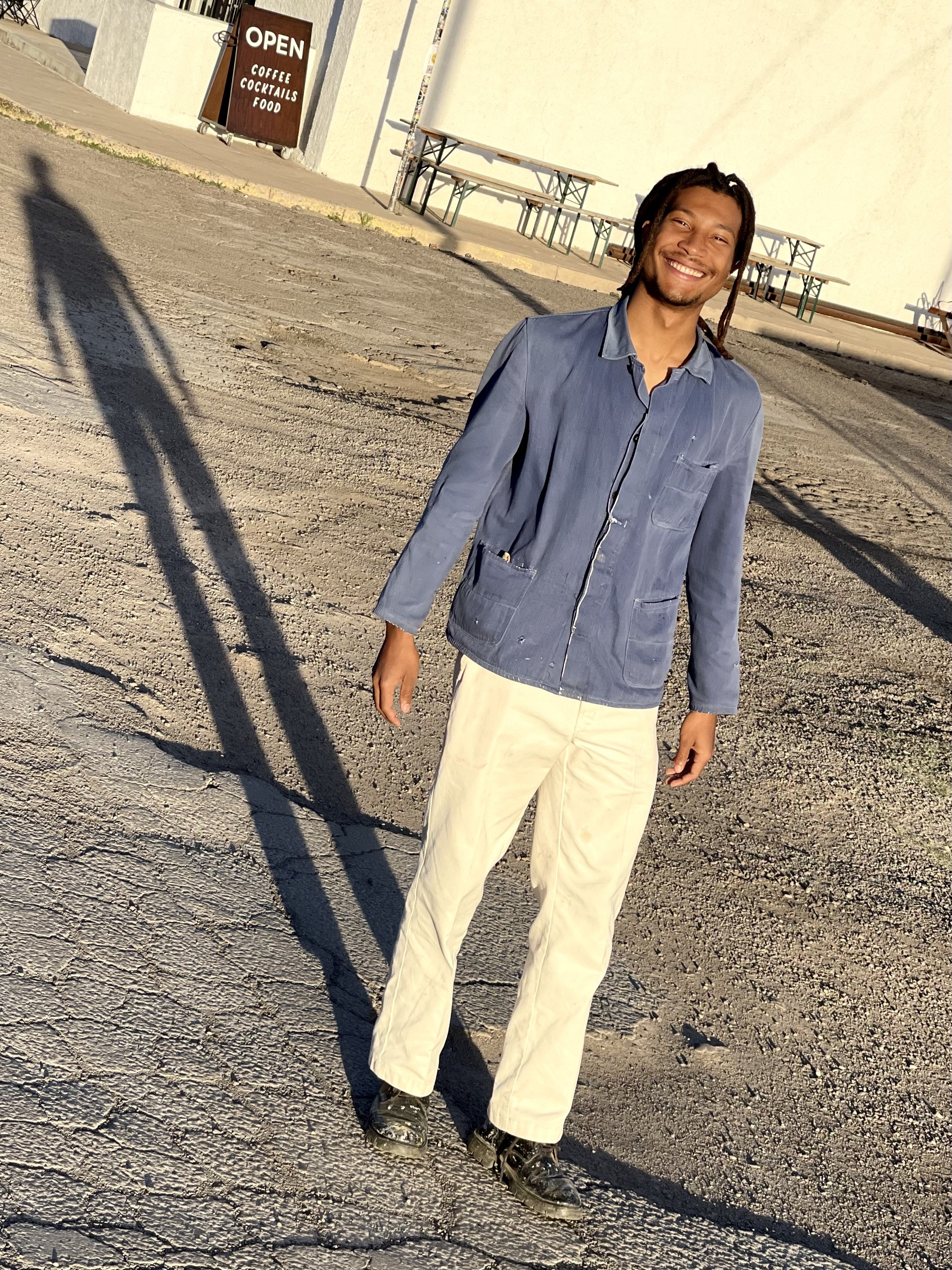ARTISTS
ARTISTS
Manuel Gilardi
Manuel Gilardi is a Mexican artist who throughout his career has expressed himself through diverse mediums and techniques. The distinctive aspect of his practice has been the exploration of craft in all its possibilities and a continuous narrative quest. One could say that his art is both academic and exploratory, not only due to his experience as an educator, but above all because it involves ongoing research and the exploration of various creative territories.
Gilardi’s work encompasses spaces ranging from painting and drawing in their most traditional forms, to evolving through techniques of printing, photography, and now, digital media. His education in the visual arts and audiovisual techniques of the 1980s has allowed him to progress and adapt, even incorporating recent phenomena such as digital intervention and social media.
With his experience in the study and practice of mass media communication, his discourse clearly departs from political pamphleteering or strictly fleeting perspectives. His narrative is largely constructed as an amalgamation of signs and meanings that revolve around contemplation, consciousness, eroticism, and empathy, not forgetting the nostalgia that arises from the very phenomenon of existing and evolving over time.
Being an “outsider” in the art world, Gilardi’s work is not necessarily tied to the market, but rather to that sudden pleasure that arises from the communion between the artist and the viewer. It is a fundamental moment in the aesthetic experience, materializing as we realize we inhabit a shared language.
Curtis Paul Bordenave
Curtis Paul “Noodle” Bordenave is a Marfa Texas-based artist. Born and raised in New Orleans, and coming of age in the Houston arts scene, he began an ongoing creative exchange with art collector Lester Marks. An additional Houston formative experience would acknowledge the influence of The Menil Collection’s room dedicated to the work of Cy Twombly.
Eschewing traditional art studies for a learning-by-living approach, Bordenave tests his theory that an infinite range of emotions can be catalogued within the ossified amber of a painting’s surface. On any given morning, Bordenave can be found at a small table charting a plethora of exhibitions within a single book.
Bordenave acknowledges the role of his creole ancestry in his larger artistic project, evoking figures of diasporic dislocation through the use of psychedelics. He sees himself as a supernatural investigator, exploring the compositional, the spiritual, and the nostalgic found in dated materials. Bordenave believes his works can turn the weird into wondeful, and transform the visual into the poetic.
Ximena Alarcón
Ximena Alarcón is a Mexican artist who works and shares her time between Colombia, Mexico and France. Her first studies were in fashion design; subsequently she earned a masters degree at the Marangoni Institute of Milan.
After her return to Mexico her interests turned to sculpture and the plastic arts. In 2002 she opened her first workshop in the 3rd arrondissement of Paris devoted mainly to designing jewelry in a sculpture- spacial mode, as seen in the XAC project, in which she still works to the day. Her sculpture explores the notion of space and movement in geometric and organic terms. Her installations, objects and works on paper, raise questions on themes that touch her deeply, gender condition, social inequalities, Racism, and Empathy.
She has had shows at the Fundación Sebastián, the Pablo Goebel Gallery, the INCMNSZ, PRPG Gallery,
Casa Mérida Contemporary, in Mexico City, as well as the Santo Domingo Cultural Center, Galería Quetzalli, NN Gallery, Oaxaca, Mexico. The Museum of Contemporary Art of Lima, The Alliance Française and the British Institute of San Juan de Lurigancho in Lima and Xapiri Ground in Cusco, Peru. Most recently at Querétaro Museum of Contemporary Art, Museum of Art of Ciudad Juárez, Casa Merida Contemporary during Art Week 2023, Mexico, and at Kaba Niseko Show House, Hokkaido, Japan and The Room Gallery, in Kyoto, Japan.
Her work now constitutes part of the Fundación Sebastián Collection and private collections in Mexico, Spain, Sweden, France, United States, Peru and Japan.




